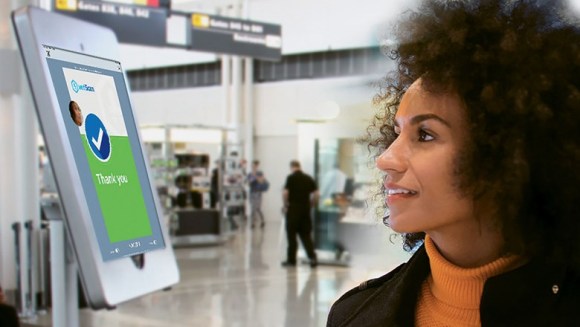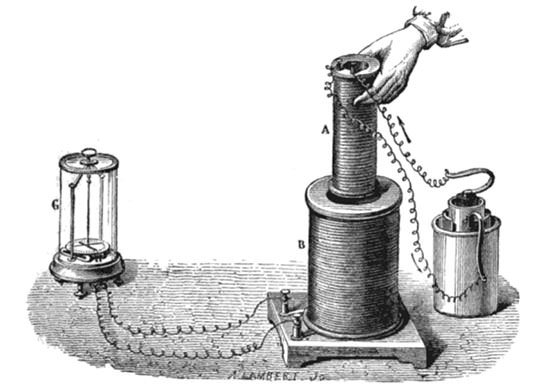18 September 2019
Today, the Almanack staff is on an oceanic trajectory from Orlando to Los Angeles, vectoring away from Tropical Depression Imelda that is swirling around in the Gulf of Mexico. A five-hour ride in the stratosphere permits some reflection not as readily attainable in the terrestrial world.
If you have the great good fortune of practicing in the airport business, you are becoming very aware of, familiar with and possibly – depending on your frame of mind – sick of the word innovation. We use it for everything from smart toilets ( despite its advantages, there remains something uncomfortably personal about this ) to exotic security equipment that is the envy of any brain surgeon. Entire airport symposia are devoted to innovation; committees and task forces are launched around the world; airport executives thirst for ways to innovate; and consultants, catching the scent of the gold rush, scurry to slake that thirst.
And yet, a highly respected colleague, a person of great education and experience who is steeped in advanced technology, asked me: what is the purpose of all this innovation ? Does it really have value ?
Which immediately calls forth the most precious jewel among airport innovation enthusiasts: the use case. If you are not familiar with the term use case, you are living in splendiferous, blissful ignorance and are in danger of having your innovation privileges revoked. The use case is the means by which we demonstrate to ourselves that an innovative technology is beneficial to the operation to which it is applied.
A very topical example: facial recognition software used to validate a passenger’s identity and allow them to board an international flight without a boarding document or passport. How that works technically is not as vital to the airport and airline as whether it is beneficial, and in this case, it is. It speeds boarding, reduces labor and pleases most passengers, all largely quantifiable goods. Facial recognition systems for international exit has a good use case.

Other schemes’ use cases are less clear. Here one might expect a catalog, or at least an example or two, of ill-advised adventures that have no benefit to anyone. Perhaps there are those examples, but my thesis in this post is that sometimes the use case for innovative ideas takes a bit of time and imagination.
One of my favorite tales of innovation takes us back to 1831 and the prolific, self-taught English scientist Michael Faraday.

The story goes that Faraday was demonstrating his discovery of electromagnetic induction and alternating current during a lecture, when a listener rose to ask:
“That’s very interesting Mr. Faraday, but of what use is it ?”
To which Faraday adroitly replied in the English way:
“My dear sir, of what use is a newborn baby ?”
Well. I suppose we may all agree that there are such things as answers for which the questions have not yet been discovered. Faraday’s discoveries and subsequent developments in electrical engineering produced use cases – and equipment – on which modern life now depends.

And this in turn is how we might think usefully about innovation in aviation. Some of the smartest airport people I know are ardent advocates of trying new ideas and technologies, even when the use case is not entirely clear. They experiment in trials and pilots; they build innovation labs; they collaborate with universities and government research agencies; they learn from others and share what they know.
Here are just a few examples of innovations that are on the horizon whose use cases are still indistinct:
- Gesture Recognition
- Common Use Self Service Bag Drop
- Light Detection and Ranging ( LIDAR )
- Facilitation of Travel for Impaired Passengers
- Smart Parking Systems
At the Almanack, we think the answer to my colleague’s question is that we don’t always know. Some innovations are like newborn babies, beautiful potential that under the right conditions and with the right nurturing, could be something we never even imagined.
Imagination is at the Wright Brothers’ experiments in aviation in the first place. It was the seminal feature. Let us continue to look for the practical benefits of the use case, but not lose sight of a potential benefit that may only become apparent in an unpredictable future.

2 replies on “Poor David’s Innovation Use Case Almanack”
A very enjoyable read David. You’d make Ben Franklin proud. Maybe add automated driving i.e. pilotless planes to the list? Just in time/matching at the TNC for Uber/Lyft is another pretty cool innovation. Thanks for posting it on Linkedin, I look forward to your next installment.
LikeLike
Great stuff, David! As a kid watching the Jetsons I was certain that by the time I turned 16 I would be flying a saucer in the sky and not a vehicle on the roads. Funny that none of those futuristic cartoons ever showed a bunch of people looking at a handheld device for much of their days, and putting it up to their ears often!
LikeLike